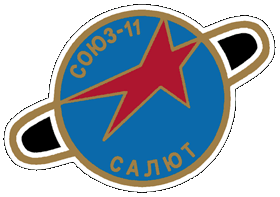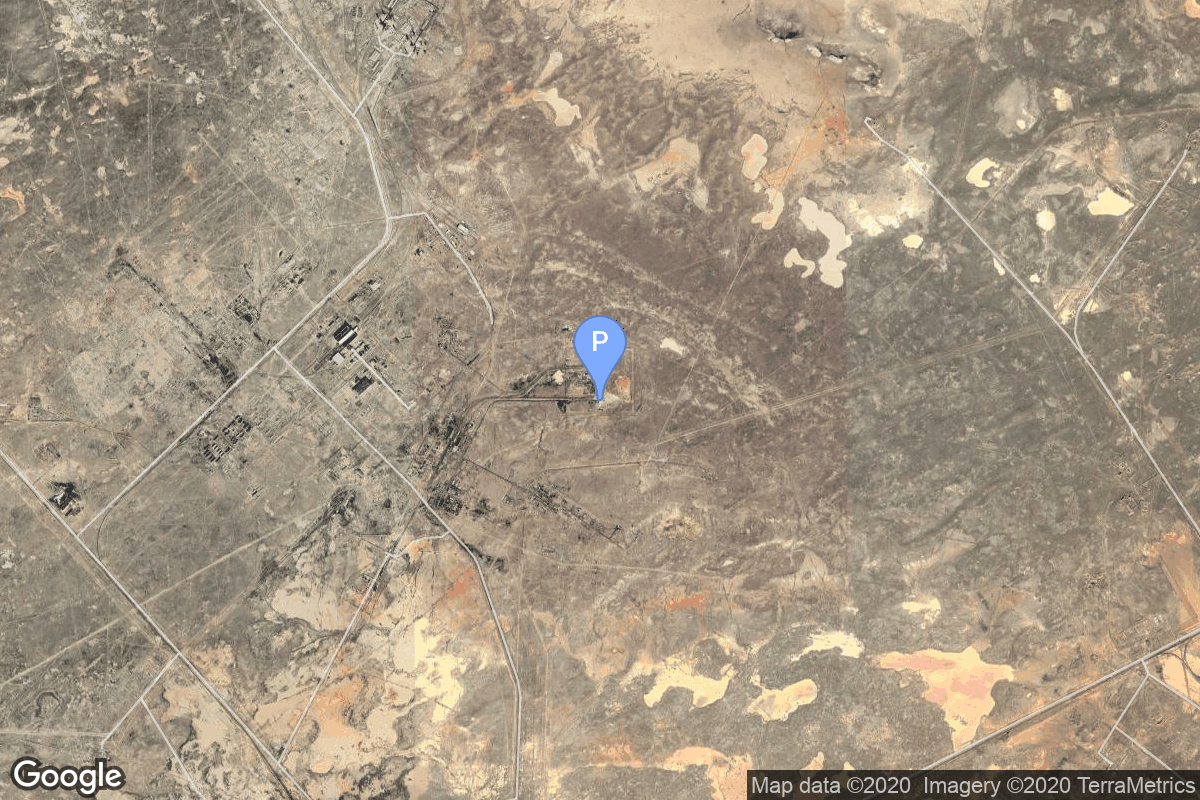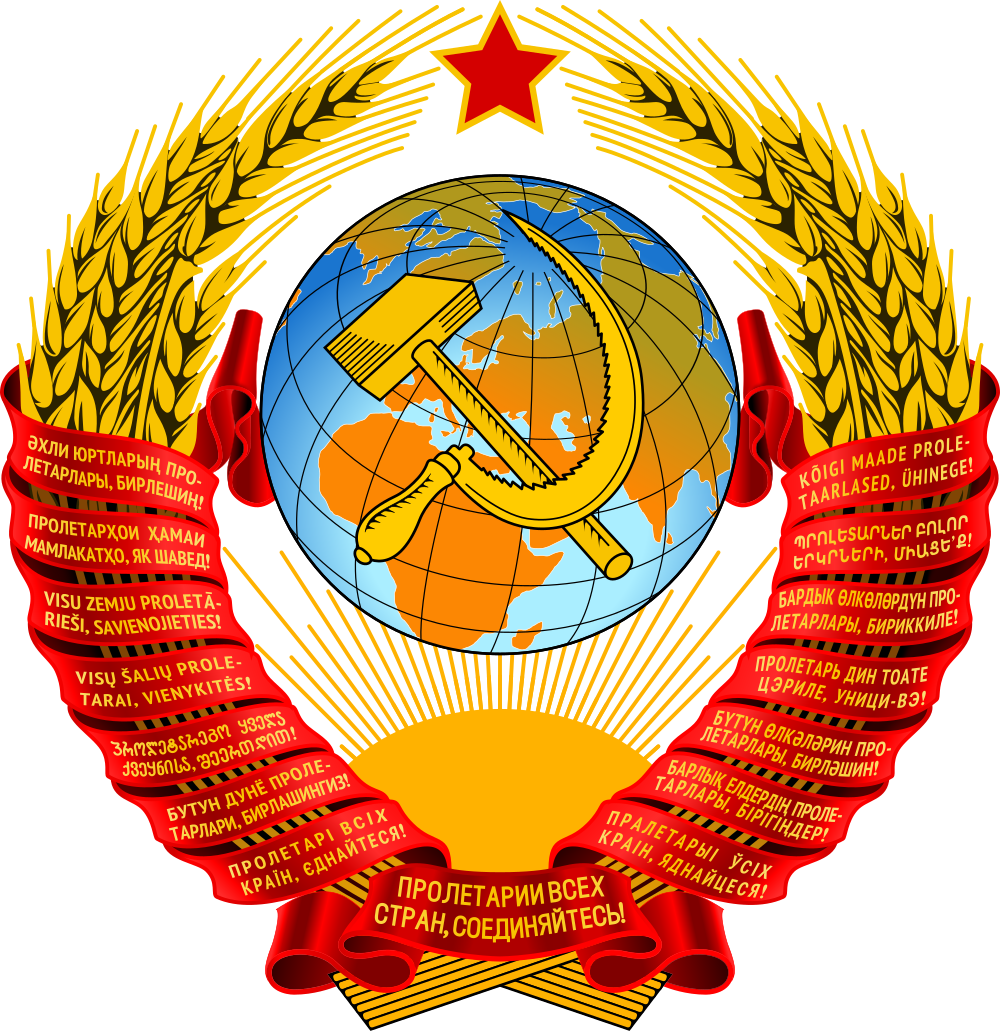Soyuz 11
Soyuz
Soviet Space Program
Crew
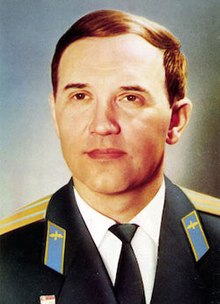
Georgy Dobrovolsky
- Birthday: 06/01/1928
- Role: Commander
- Nationality: Russian
- First Flight: 06/06/1971
- Last Flight: 06/06/1971
Georgiy Timofeyevich Dobrovolsky (Russian: Гео́ргий Тимофе́евич Доброво́льский; June 1, 1928 – June 30, 1971) was a Soviet cosmonaut who served on the three-man crew of the Soyuz 11 spacecraft. They became the world’s first space station crew aboard Salyut 1, but died in space due to asphyxiation due to an accidentally opened valve. They were the first and, as of 2018, the only humans to have died in space.
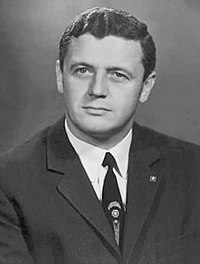
Vladislav Volkov
- Birthday: 11/23/1935
- Role: Flight Engineer
- Nationality: Russian
- First Flight: 10/12/1969
- Last Flight: 06/06/1971
Vladislav Nikolayevich Volkov (Russian: Владисла́в Никола́евич Во́лков; November 23, 1935 – June 30, 1971) was a Soviet cosmonaut who flew on the Soyuz 7 and Soyuz 11 missions. The second mission terminated fatally.
Volkov, on his second space mission in 1971, was assigned to Soyuz 11. The three cosmonauts on this flight spent 23 days on Salyut 1, the world’s first space station. After three relatively placid weeks in orbit, however, Soyuz 11 became the second Soviet space flight to terminate fatally, after Soyuz 1.
After a normal re-entry, the Soyuz 11 capsule was opened and the corpses of the three crew members were found inside. It was discovered that a valve had opened just prior to leaving orbit that had allowed the capsule’s atmosphere to vent away into space, causing Volkov and his two flight companions to suffer fatal hypoxia as their cabin descended toward the earth’s atmosphere.
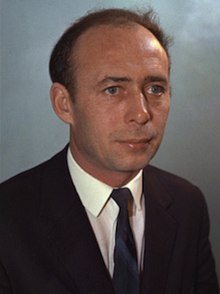
Viktor Patsayev
- Birthday: 06/19/1933
- Role: Test Engineer
- Nationality: Russian
- First Flight: 06/06/1971
- Last Flight: 06/06/1971
Viktor Ivanovich Patsayev (Russian: Ви́ктор Ива́нович Паца́ев; 19 June 1933 – 30 June 1971) was a Soviet cosmonaut who flew on the Soyuz 11 mission and was part of the second crew to die during a space flight. On board the space station Salyut 1 he operated the Orion 1 Space Observatory (see Orion 1 and Orion 2 Space Observatories), he became the first man to operate a telescope outside the Earth’s atmosphere.
After a normal re-entry, the capsule was opened and the crew was found dead. It was discovered that a valve had opened just prior to leaving orbit that had allowed the capsule’s atmosphere to vent away into space, suffocating the crew. One of Patsayev’s hands was found to be bruised, and he may have been trying to shut the valve manually at the time he lost consciousness.
Mission
Soyuz 11
- Type: Human Exploration
- Orbit: Low Earth Orbit
Soyuz 11 launched on 6 June 1971, 07:55:09 UTC. It carried commander Georgy Dobrovolsky, flight engineer Vladislav Volkov and test engineer Viktor Patsayev to orit. Crew arrived to Salyut-1 space station on 7 June 1971 and remained there until their departure on 30 June. It was the only mission to board the space station.
Soyuz 11 returned to Earth on 30 June 1971, 02:16:52 UTC, with mission ending in disaster. During atmospheric re-entry crew capsule depressurised, killing all three crew members.
Location
Rocket
Russian Federal Space Agency (ROSCOSMOS) Soyuz
Agency
Soviet Space Program
The Soviet space program, was the national space program of the Union of Soviet Socialist Republics (USSR) actived from 1930s until disintegration of the Soviet Union in 1991.
The Soviet Union’s space program was mainly based on the cosmonautic exploration of space and the development of the expandable launch vehicles, which had been split between many design bureaus competing against each other. Over its 60-years of history, the Russian program was responsible for a number of pioneering feats and accomplishments in the human space flight, including the first intercontinental ballistic missile (R-7), first satellite (Sputnik 1), first animal in Earth orbit (the dog Laika on Sputnik 2), first human in space and Earth orbit (cosmonaut Yuri Gagarin on Vostok 1), first woman in space and Earth orbit (cosmonaut Valentina Tereshkova on Vostok 6), first spacewalk (cosmonaut Alexei Leonov on Voskhod 2), first Moon impact (Luna 2), first image of the far side of the Moon (Luna 3) and unmanned lunar soft landing (Luna 9), first space rover (Lunokhod 1), first sample of lunar soil automatically extracted and brought to Earth (Luna 16), and first space station (Salyut 1). Further notable records included the first interplanetary probes: Venera 1 and Mars 1 to fly by Venus and Mars, respectively, Venera 3 and Mars 2 to impact the respective planet surface, and Venera 7 and Mars 3 to make soft landings on these planets.
